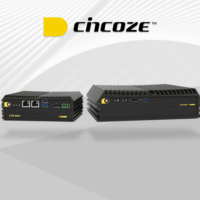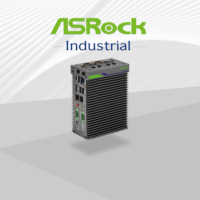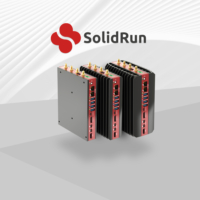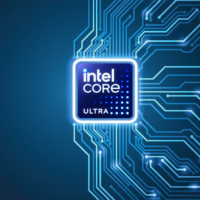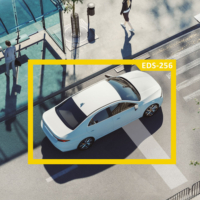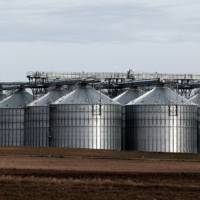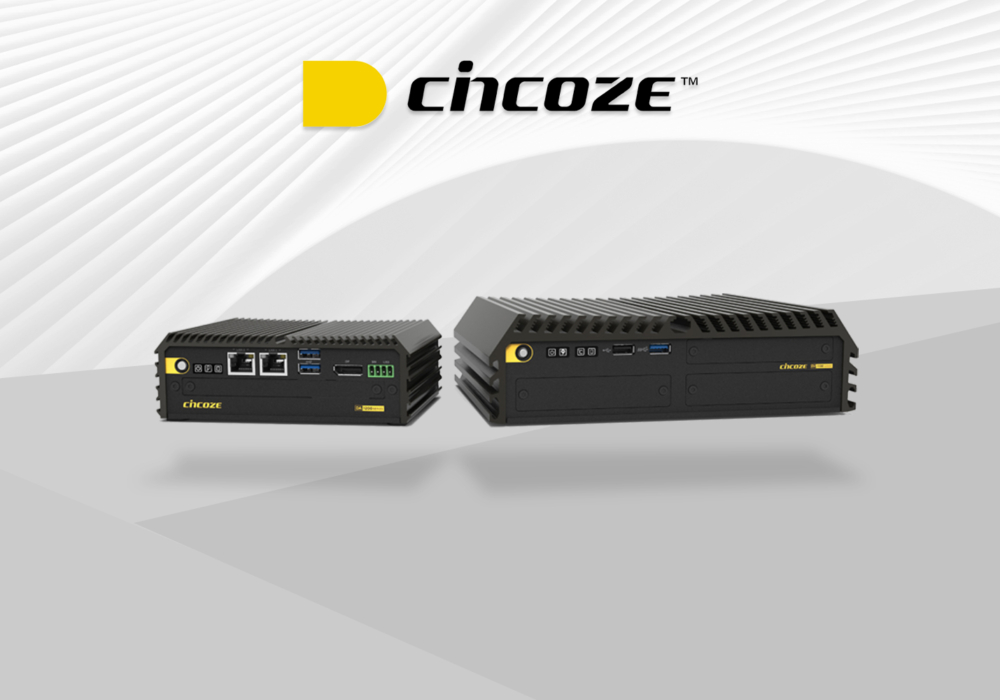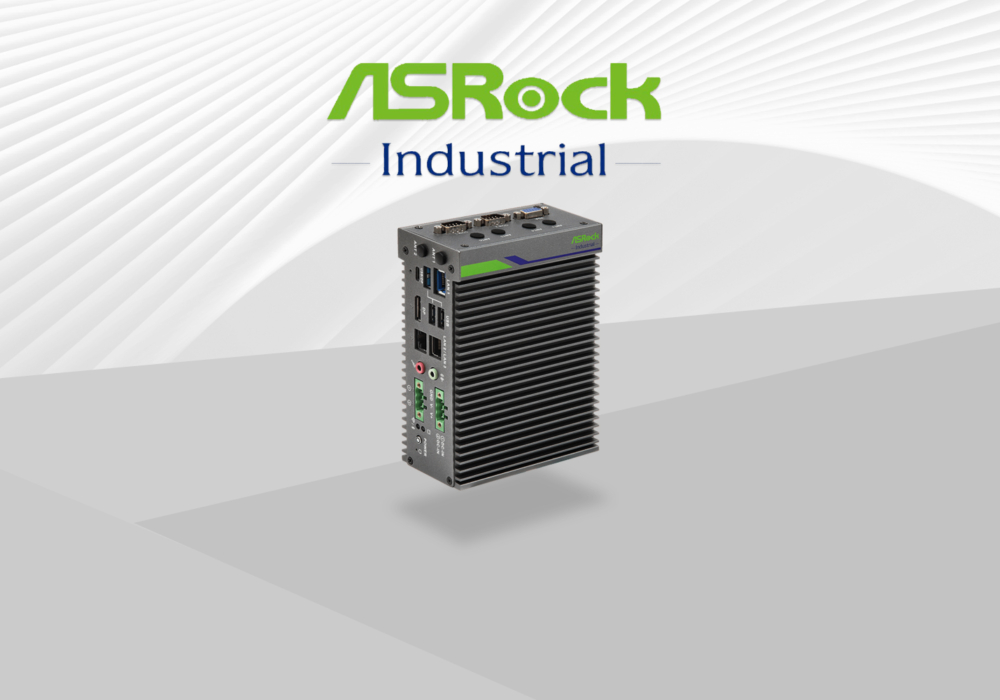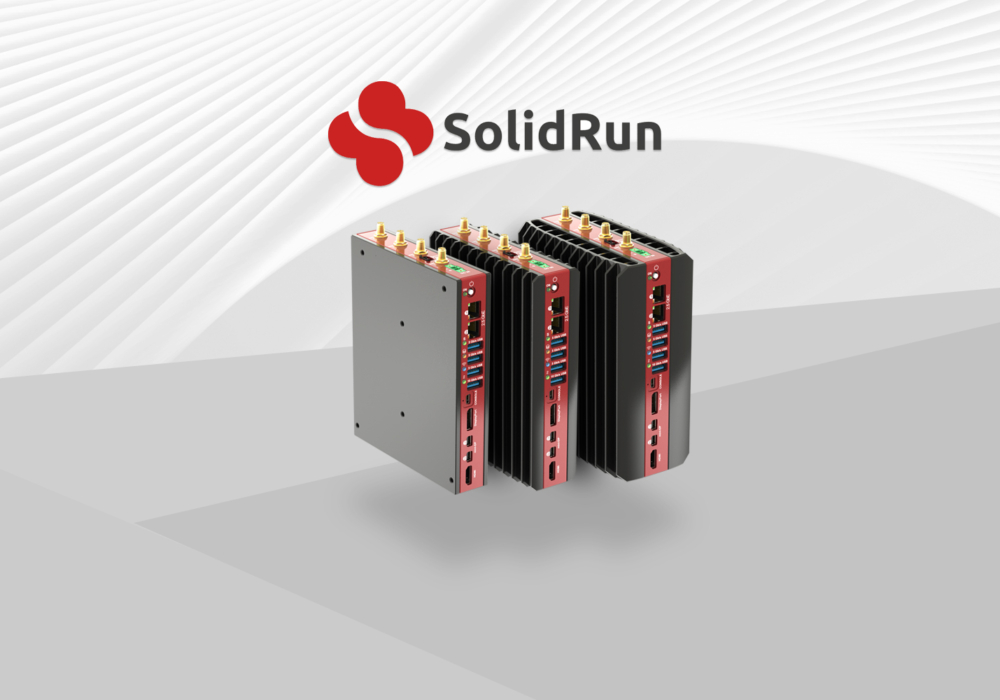In this article:
- Introduction
- Suitable Applications For The BOXER-8621AI
- Technical Features
- Dimensions
- Other Similar AAEON Compact Fanless Embedded AI Systems with NVIDIA Jetson Orin
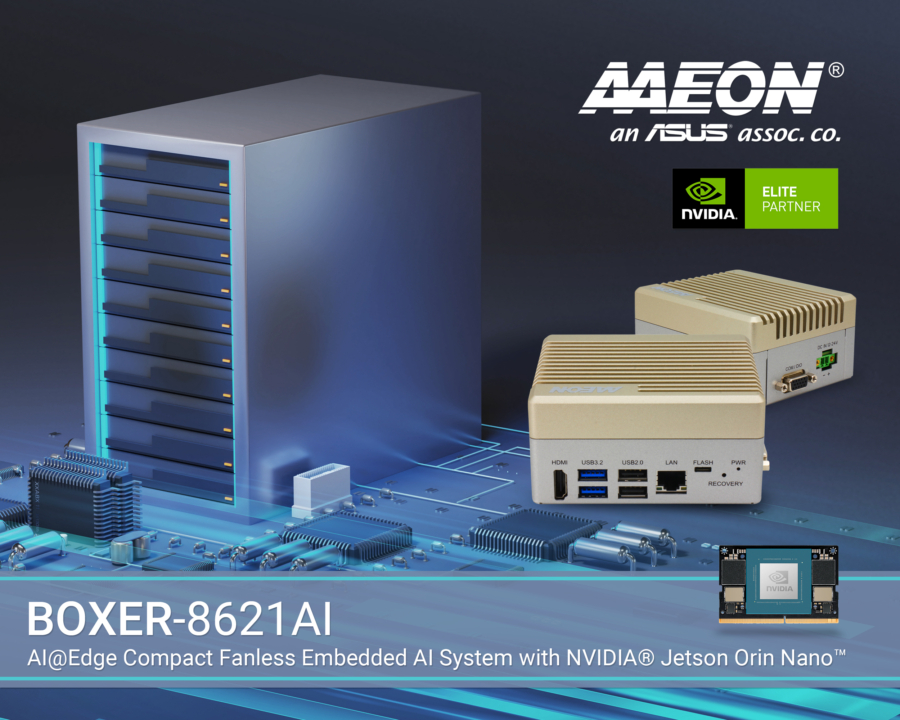
Introduction
Unlock the potential of cutting-edge edge computing with the BOXER-8621AI fanless AI system. This compact powerhouse, driven by NVIDIA® Jetson Orin Nano™, delivers superior performance and portability for AI processing, whether you’re on the move or in a factory.
Benefit from its advanced communication features, including a GbE LAN and four USB ports designed for seamless camera support. The BOXER-8621AI thrives in a wide temperature range from -15°C to 60°C, ensuring adaptability to various environments.
With expansion options that encompass 5G, LTE, and Wi-Fi, this system is a prime choice for applications like Automated Mobile Robots (AMR), fleet management, and traffic control solutions. Elevate your edge computing capabilities with this durable and high-performing AI system.
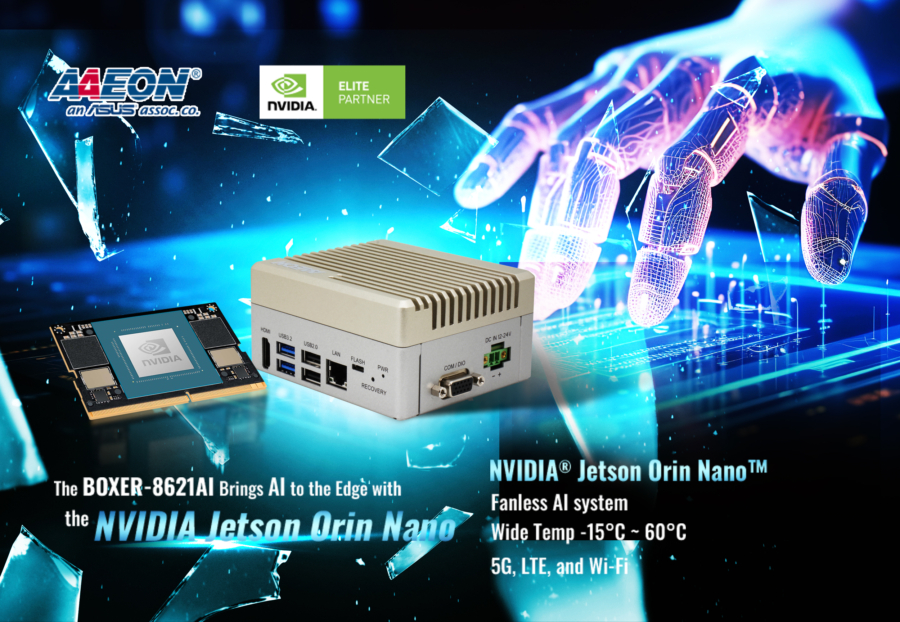
Suitable Applications For The BOXER-8621AI
AMR (Autonomous Mobile Robot)
Edge AI technology can play a crucial role in enhancing the capabilities and performance of autonomous mobile robots. Edge AI refers to the deployment of artificial intelligence algorithms and models directly on the robot’s onboard hardware, rather than relying on cloud-based processing. This allows robots to make real-time decisions, react quickly to changing environments, and operate efficiently. Here are some ways edge AI can be used in autonomous mobile robots:
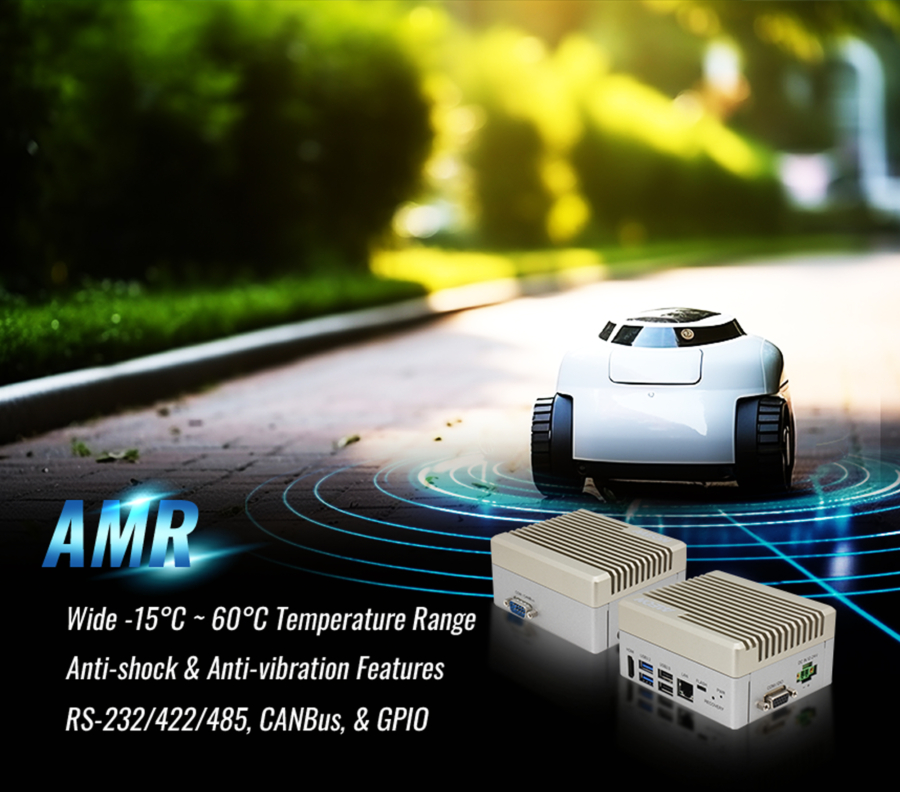
Object Detection and Recognition: Edge AI can be used to detect and recognize objects, obstacles, and people in the robot’s environment. This is essential for path planning, collision avoidance, and interacting with objects in the robot’s surroundings.
Navigation and Mapping: Edge AI algorithms can process sensor data, such as LiDAR and cameras, to create maps of the robot’s environment and navigate through it. Simultaneous Localization and Mapping (SLAM) is a common technique used for this purpose.
Path Planning and Trajectory Optimisation: Edge AI can calculate optimal paths and trajectories in real-time, taking into account the robot’s current position, the destination, and any obstacles. This enables the robot to move efficiently and avoid collisions.
Autonomous Decision-Making: Robots can use edge AI to make decisions based on sensor data, predefined rules, and machine learning models. For example, a robot can decide whether to pick up an object, follow a person, or go to a charging station.
Natural Language Processing: Robots can use edge AI to understand and respond to voice commands or text inputs. This is useful for human-robot interaction and communication.
Sensor Fusion: Edge AI can fuse data from various sensors, such as cameras, LiDAR, IMUs, and GPS, to improve perception accuracy and reliability. Sensor fusion enables the robot to have a better understanding of its surroundings.
Anomaly Detection: Autonomous robots can use edge AI to detect anomalies or unusual events in their environment, such as the sudden appearance of an obstacle or a malfunction in their systems.
Energy Efficiency: Edge AI can optimize the robot’s energy consumption by managing sensor usage and processing tasks efficiently. This is crucial for extending the robot’s operating time between recharges.
Security and Privacy: Edge AI can help protect sensitive data and maintain privacy by processing information locally on the robot, reducing the need to transmit data to external servers.
Adaptive Learning: Edge AI can enable robots to learn and adapt to changing environments over time. Machine learning models can be updated and improved directly on the robot as it gains more experience.
Fault Tolerance: Edge AI can help robots continue to operate even when there are temporary disruptions in network connectivity, ensuring that they can still perform essential tasks autonomously.
Overall, edge AI technology empowers autonomous mobile robots to be more independent, responsive, and capable of operating in a wide range of environments, making them suitable for applications in logistics, manufacturing, healthcare, agriculture, and many other fields.
Discover unparalleled ruggedness with the BOXER-8621AI, tailor-made for diverse environments with its impressive -15°C to 60°C temperature range. Its anti-shock and anti-vibration features position it as the ideal choice for deploying Automated Mobile Robot (AMR) solutions across a variety of demanding scenarios.
Featuring DB-9 and DB-15 ports, this system offers extensive communication protocol options, including RS-232/422/485, CANBus, and GPIO. These capabilities enable seamless real-time data exchange among proximity sensors, motor controllers, and actuators, ensuring the flawless operation of your AMR solution.
ANPR (Automatic Number Plate Recognition)
Edge AI technology can significantly enhance Automatic Number Plate Recognition (ANPR) systems by enabling real-time processing and analysis of license plate data directly on edge devices, such as cameras or dedicated ANPR hardware. Here are ways in which edge AI can be utilized in ANPR systems:
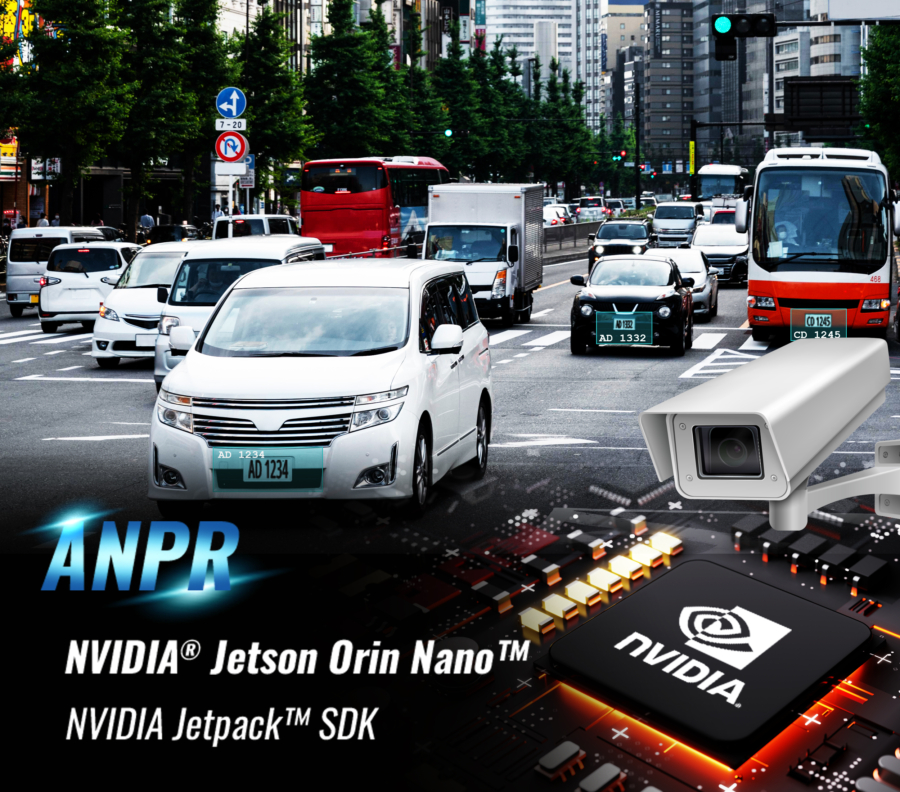
Real-Time Processing: Edge AI allows ANPR systems to process and analyze license plate data in real-time without relying on a remote server. This enables quick and immediate response, making it suitable for applications like toll collection, parking management, and law enforcement.
Local Storage and Privacy: ANPR data can be processed and stored locally on the edge device, reducing the need to send sensitive data to the cloud. This enhances privacy and data security, addressing concerns related to data transmission and storage.
Accuracy Improvement: Edge AI can use advanced machine learning models, such as convolutional neural networks (CNNs), to improve license plate recognition accuracy. These models can be trained on diverse datasets to handle variations in license plate design and quality.
Low-Light and Adverse Conditions: Edge AI algorithms can be optimised to perform well in low-light conditions, bad weather, or other adverse environments, ensuring reliable recognition regardless of the situation.
Real-Time Alerts: ANPR systems can use edge AI to generate real-time alerts for various applications, such as identifying stolen vehicles, tracking the entry and exit of vehicles from restricted areas, and triggering automated actions based on recognized plates.
Vehicle Type and Color Recognition: In addition to recognizing license plates, edge AI can be used to identify the type of vehicle (e.g., car, truck, motorcycle) and even its colour. This additional information can be valuable for security and traffic management applications.
Integration with Other Systems: Edge AI-powered ANPR systems can easily integrate with other edge-based systems, such as access control, surveillance cameras, and smart traffic management systems, allowing for a more comprehensive solution.
Customization and Adaptability: Edge AI models can be fine-tuned and customized for specific use cases and regions, ensuring high recognition rates for local license plate formats and requirements.
Reduced Latency: By processing data locally, edge AI minimises the latency associated with sending data to a remote server and waiting for a response. This is crucial for applications requiring near-instantaneous decision-making.
Offline Operation: Edge AI enables ANPR systems to continue functioning even in scenarios where internet connectivity is limited or unavailable, making them suitable for remote or rural locations.
Scalability: ANPR systems can be scaled easily by deploying additional edge devices as needed, ensuring coverage across large areas or multiple entry/exit points.
In summary, edge AI technology empowers ANPR systems to be more efficient, accurate, and adaptable while addressing privacy and data security concerns. It enables ANPR to be integrated into a wide range of applications, from traffic management and law enforcement to access control and automated toll collection, with improved performance and real-time capabilities.
Experience the unparalleled AI performance of 20 TOPS, courtesy of the NVIDIA® Jetson Orin Nano™, complemented by robust support for NVIDIA Jetpack™ SDK’s deep learning models. Meet the BOXER-8621AI, your go-to choice for sophisticated edge inferencing, ideal for Automatic Number Plate Recognition (ANPR) deployments.
Designed with a compact, mountable chassis and versatile compatibility with camera support and wireless expansion modules, this system excels in both roadside and parking lot applications. Elevate your ANPR capabilities with this high-performance edge computing solution.
Fleet Management
Edge AI technology can revolutionise fleet management by providing real-time data processing and analysis capabilities directly within vehicles and at the edge of the network. This enables more efficient and data-driven decision-making, enhances safety, and reduces operational costs. Here’s how edge AI can be used in fleet management:
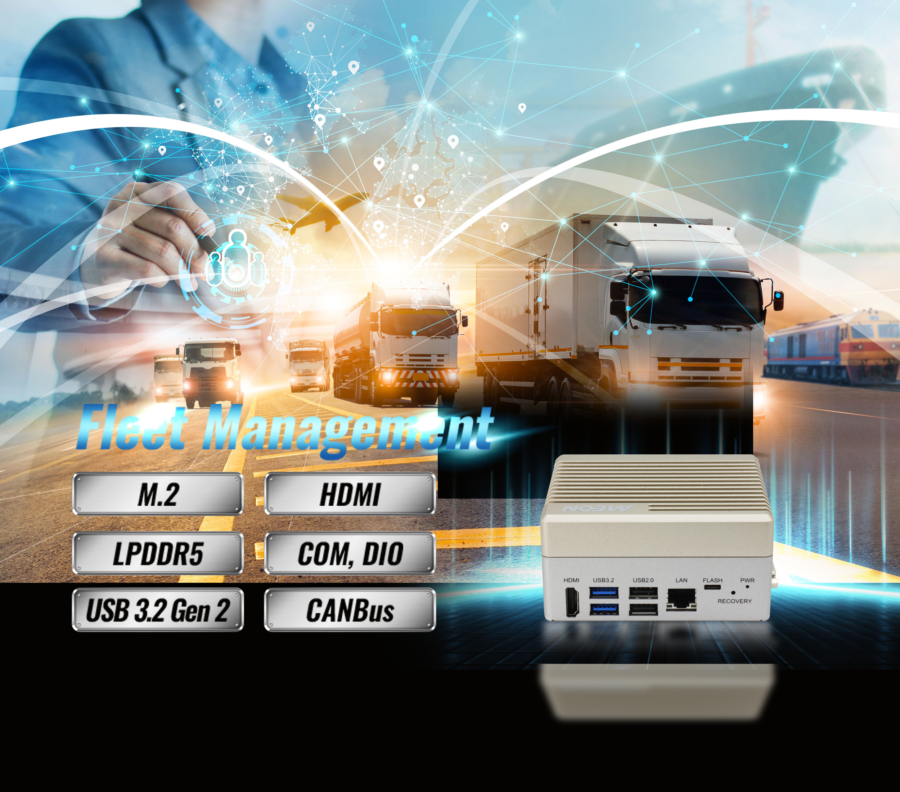
Real-Time Telematics: Edge AI can process sensor data from vehicles, including GPS, accelerometers, and vehicle diagnostics, to provide real-time insights into vehicle performance, location, and driver behaviour. This data can help fleet managers monitor and optimize routes, reduce fuel consumption, and ensure vehicle maintenance.
Driver Behaviour Monitoring: Edge AI algorithms can analyse data from in-cabin cameras and sensors to monitor driver behaviour in real-time. This includes detecting drowsiness, distracted driving, aggressive driving, and compliance with safety regulations. Alerts can be sent to the driver or fleet manager when unsafe behaviour is detected.
Predictive Maintenance: Edge AI can analyse data from onboard vehicle sensors to predict when maintenance is needed, such as oil changes, brake replacements, or engine repairs. This proactive approach helps prevent breakdowns, reduces downtime, and extends the lifespan of fleet vehicles.
Fuel Efficiency Optimisation: Edge AI can optimize fuel efficiency by analysing data from sensors and vehicle performance metrics. It can recommend optimal routes, monitor engine performance, and provide real-time feedback to drivers on fuel-efficient driving practices.
Route Optimisation: Edge AI can analyse traffic data, weather conditions, and historical route information to recommend the most efficient routes for each vehicle in real-time. This reduces fuel consumption, minimizes delivery times, and lowers operational costs.
Cargo Monitoring: Edge AI can monitor the condition of cargo in real-time using sensors for temperature, humidity, and other factors. If any deviations from pre-set conditions are detected, alerts can be sent to fleet managers to take corrective actions.
Security and Anti-Theft: Edge AI can include security features like geofencing and anti-theft measures. If a vehicle moves outside of predefined geographical boundaries or is operated without authorization, alerts can be triggered for immediate action.
Driver Identification: Facial recognition and biometric authentication powered by edge AI can ensure that only authorized drivers operate fleet vehicles. This enhances security and prevents unauthorized use.
Remote Diagnostics: Edge AI can enable remote diagnostics, allowing fleet managers to identify and address vehicle issues without the need for physical inspections. This reduces downtime and maintenance costs.
Compliance and Reporting: Edge AI can automate compliance with regulatory requirements, including electronic logging device (ELD) compliance for hours of service (HOS) reporting. It can generate reports and documentation for audits.
Data Security and Privacy: Edge AI can process and store sensitive data within the vehicle, reducing the risk of data breaches. Privacy concerns are also addressed by minimizing data transmission to centralized servers.
Scalability: Fleet managers can easily scale their edge AI systems by deploying edge devices in additional vehicles, ensuring that the entire fleet benefits from the technology.
Incorporating edge AI into fleet management systems not only enhances operational efficiency but also improves safety, reduces costs, and provides valuable insights for better decision-making. It empowers fleet managers to optimise their operations in real-time and adapt to changing conditions effectively.
Offering both LAN and USB ports for effortless camera integration, along with flexible storage and wireless communication options, the BOXER-8621AI emerges as the premier choice for state-of-the-art fleet management solutions. What’s more, it excels in rapidly executing contingency plans following road incidents, efficiently transmitting vital data to a central server while determining the necessary on-the-edge response level.
Technical Features
NVIDIA® Jetson Orin Nano™
■ Expansion: M.2 2230 E Key, M.2 3052 B Key x 1
■ USB 3.2 Gen 2 x 2 & USB 2.0 type A x 2
■ COM, DIO, CANBus
■ Operating temperature: -25°C ~ 60°C
Dimensions
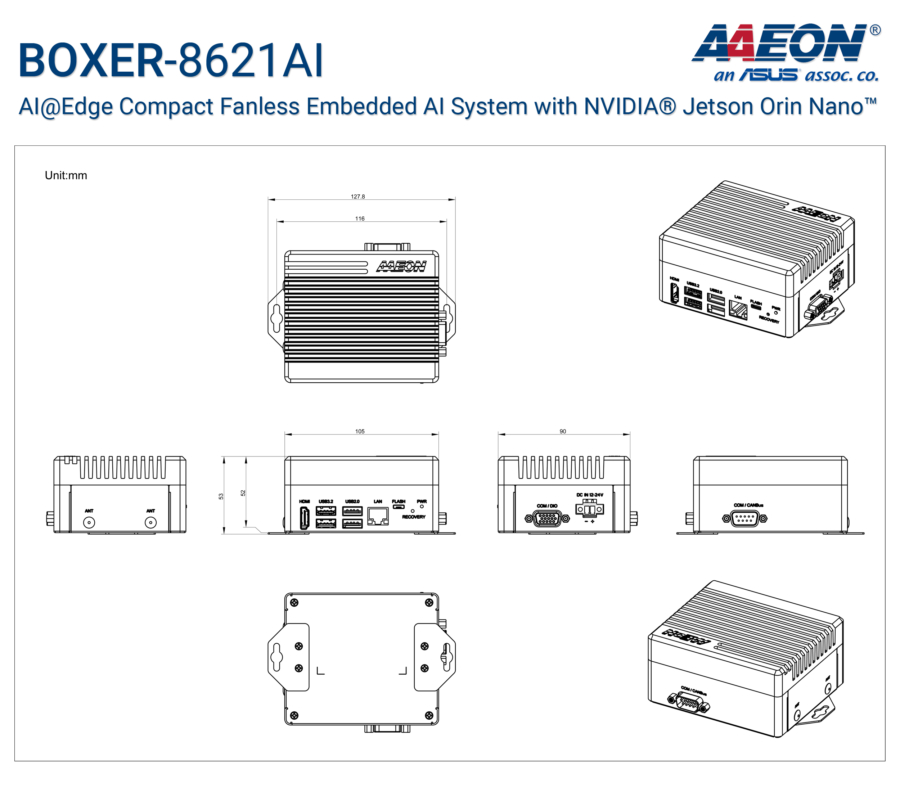
Other Similar AAEON Compact Fanless Embedded AI Systems with NVIDIA Jetson Orin
BOXER-8622AI
BOXER-8651AI
BOXER-8652AI
BOXER-8640AI
